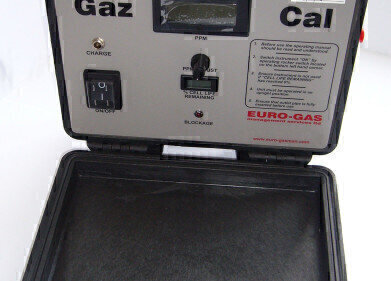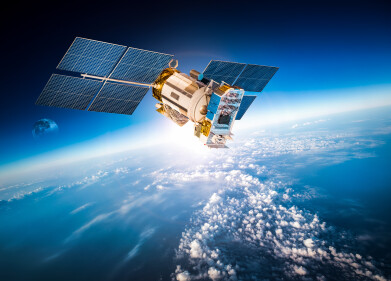Water/wastewater
New Climate Models Predict Short-Term Cooling of Red Sea
Jan 31 2023
The King Abdullah University of Science and Technology (KAUST) opened in 2009 on the banks of the Red Sea and has since become a hub for scientists from all over the world, drawn to its focus on innovation and sustainability. KAUST operates without traditional departments and encourages academic cross-pollination to foster a multidisciplinary approach to learning. It works closely with national projects, including the Saudi Green Initiative, and has partnered with NEOM on the world’s largest coral garden and supports international tech start-ups through its smart health initiative.
KAUST's fourteen years of operation have resulted in numerous breakthroughs, especially in the area of climate modeling led by Professor Ibrahim Hoteit. Hoteit, originally from Lebanon and a former researcher at the Scripps Institution of Oceanography in San Diego, uses complex Navier-Stokes equations to model fluid flow and develop formulas to reconstruct the movements of the Red Sea over the past forty years. This work helps to optimize the use of the Red Sea as a natural resource and prevent potential disasters through the use of supercomputing facilities at KAUST.
Global warming is a major concern for all at KAUST, including Professor Hoteit, but his research has hopeful findings. Although temperatures in the Red Sea are rising, the rate of increase is influenced by unique factors. The Red Sea, as the world’s northernmost tropical sea, is nourished by nutrients from the ocean floor that are stirred up by changing currents, which are influenced by the monsoon in the Indian Ocean. This contrast of hot and cold water and the different types of plankton that flourish in each temperature creates the unique ecosystem of tropical seas and ensures the continuation of coral reefs.
Professor Hoteit's research also identified a link between the volcanic eruption of Mount Pinatubo in 1991 and changes in the Red Sea. The technology at KAUST was able to recreate the event and showed that the resulting global temperature drop caused the water on the surface to become colder, denser, and sink into the depths. This change in water temperature directly affects the nutrient uptake of phytoplankton, which is the lifeblood of ocean food chains.
The research at KAUST suggests that the Red Sea's surface temperature has a decadal variability, related to the 70-year cycle in the North Atlantic known as the Atlantic Multidecadal Oscillation (AMO). Professor Hoteit and his team predict another cooling of the Red Sea in the coming decade before it reaches new heights in the 2030s. However, the long-term trend is for the Red Sea to heat up, and the researchers hope that initiatives like the Saudi Green Initiative, carbon capture, and regenerative projects along the coastline will slow this increase and find a balance between man and nature.
In conclusion, KAUST's focus on innovation and sustainability has resulted in significant breakthroughs in the area of climate modeling, particularly in the study of the Red Sea. The unique factors influencing the rate of temperature increase in the Red Sea and the hope for balancing man and nature through initiatives like the Saudi Green Initiative make the research at KAUST crucial for the future of our planet.
Digital Edition
AET 28.4 Oct/Nov 2024
November 2024
Gas Detection - Go from lagging to leading: why investment in gas detection makes sense Air Monitoring - Swirl and vortex meters will aid green hydrogen production - Beyond the Stack: Emi...
View all digital editions
Events
Jan 20 2025 San Diego, CA, USA
Carrefour des Gestions Locales de L'eau
Jan 22 2025 Rennes, France
Safety, Health & Wellbeing LIVE
Jan 22 2025 Manchester, UK
Jan 25 2025 San Diego, CA, USA
Jan 29 2025 Tokyo, Japan



















